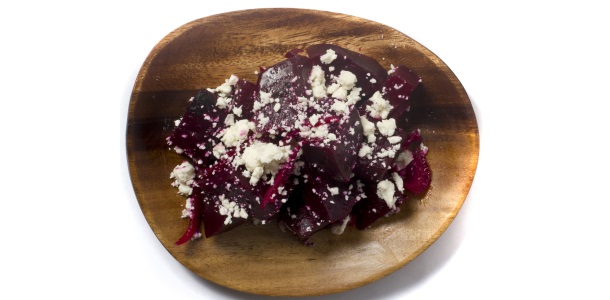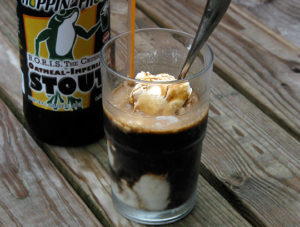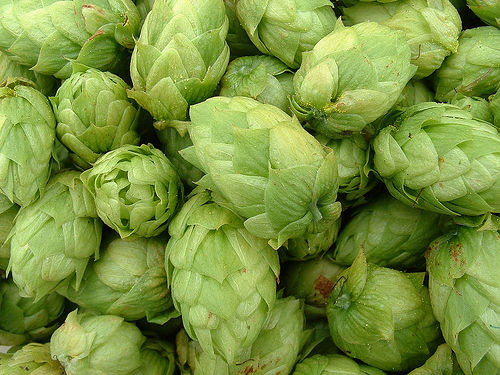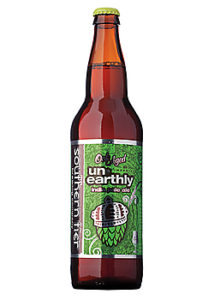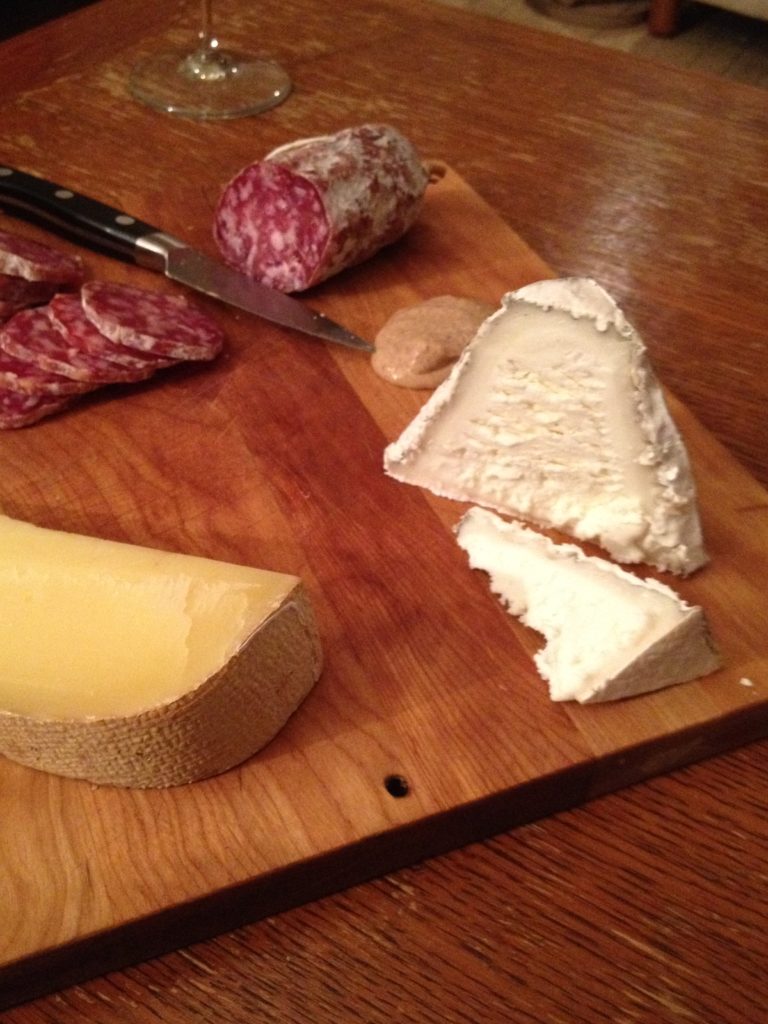 One Cheese. So Many Ways to Enjoy.
One Cheese. So Many Ways to Enjoy.
Let Us Introduce You to Cloumage®.
by Shy Brothers Farm
Shy Brothers Farm is so excited to be introducing Cloumage® to the customers of Murray’s cheese shops in Kroger’s supermarkets and its NYC stores. Cloumage® is a versatile creamy fresh farmstead cheese, made with our own cow’s milk in scenic, coastal Westport, Massachusetts. Our cows have the luxury of enjoying acres of acres of lush grass seasoned by the sea air. The milk produced by these happy cows produces the unique flavor you’ll experience with Cloumage®. Creamy with a little tang.
What’s the best way to enjoy Cloumage®? That’s a difficult question because there are just SO many. Try “as is” with a little fig jam or herbs – it’s a nice way to start and truly enjoy the flavor and texture of the cheese. From there, sky’s the limit. Chefs have been using Cloumage® in both savory and sweet dishes, from pizza and salad toppings to cheesecakes and pies. Pastry chefs have been substituting half the butter in their recipes with Cloumage® with palette pleasing results. 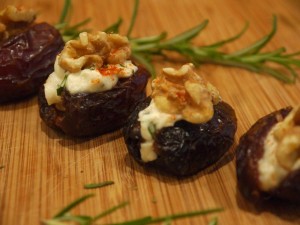
Following are a few of our favorite recipes that are perfect for this time of year – Greek Tzatziki (condiment for burgers, chicken, dipping, etc), Cloumage® & Rosemary Stuffed Dates and Spaghetti Squash with Cloumage® Pesto. We’d love to hear how you enjoy Cloumage® and welcome your feedback!
For more recipes and to learn more about Shy Brothers Farm and Cloumage®, we invite you to visit our website.
Greek Tzatziki
Ingredients:
½ English cucumber, peeled, quartered lengthwise & seeds removed
1 clove garlic, minced
1 clove of garlic, minced
1 cup of Cloumage®
juice of ½ lemon
1 tbsp fresh dill, finely chopped
salt and pepper to taste
Puree cucumber in food processor
Add garlic, Cloumage®, dill and lemon juice and pulse until smooth
Season with salt and pepper to taste
Use as a condiment on burgers, with chicken, pork, lamb or as a dip for veggies or chips.
Cloumage® & Rosemary Stuffed Dates
Makes approximately 12 stuffed dates.
Ingredients:
12 dates (pits removed)
1/2 cup Cloumage®
1 tsp honey
1 tsp minced fresh rosemary
pinch of smoked paprika
12 walnut pieces
Mix Cloumage®, honey, rosemary & paprika in a bowl.
Fill dates with Cloumage mixture.
Top each with a walnut piece
Sprinkle a little more smoked paprika on top.
Spaghetti Squash with Cloumage® Pesto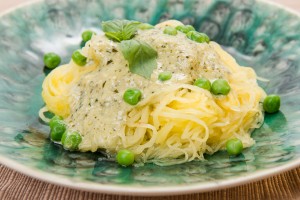
Serves 4
Ingredients:
2 spaghetti squashes (or 1 lb pasta)
1 tbsp extra virgin olive oil
1 clove garlic, chopped
1 cup fresh pesto
1 tub of Cloumage® (15 oz)
salt and pepper to taste
peas (optional)
For Spaghetti Squash:
Preheat oven to 350 degrees
Slice spaghetti squash in half lengthwise and put halves on cookie cheese cut side up
Roast for 45 minutes or until you can easily pierce the flesh with a knife
Discard seeds and remove “spaghetti” with a fork
For Sauce:
Add olive oil to sauté pan over medium heat
Sauté garlic just until you can smell the garlic aroma
Warm pesto in the pan then whisk in Cloumage®
Add salt and pepper to taste
Toss spaghetti squash with sauce and peas and serve


